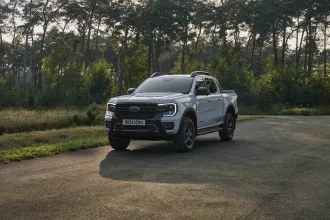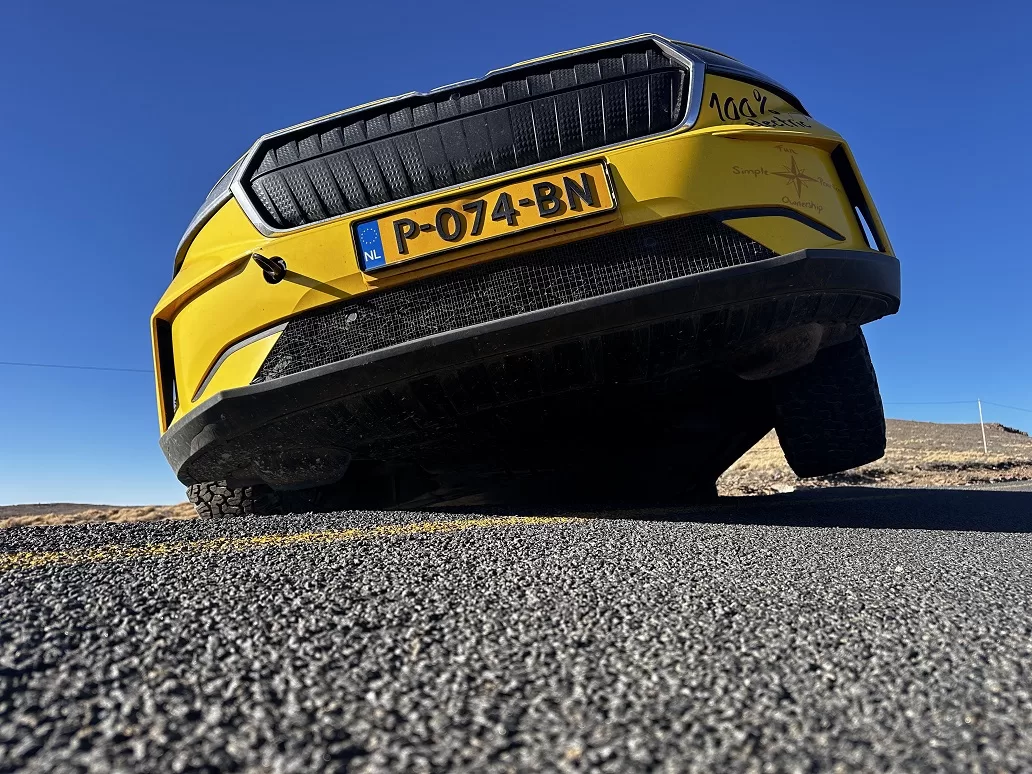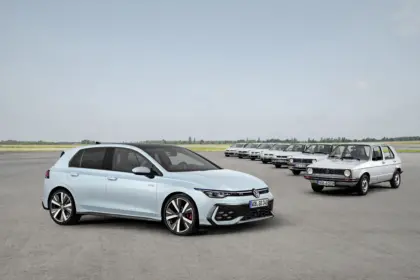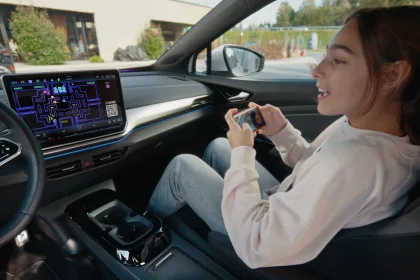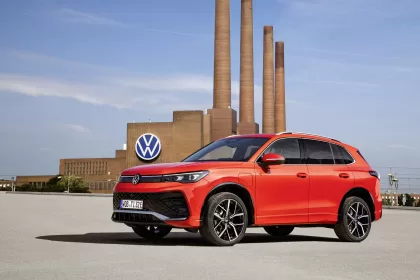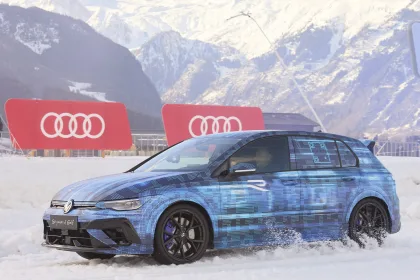In a world where the open road often leads to discovery, two adventure enthusiasts have embarked on an extraordinary trip that defies convention and embraces innovation. Meet Renske and Maarten, the dynamic duo behind the wheels of a cutting-edge electric vehicle, as they traverse continents, cross borders, and rewrite the narrative of modern travel.
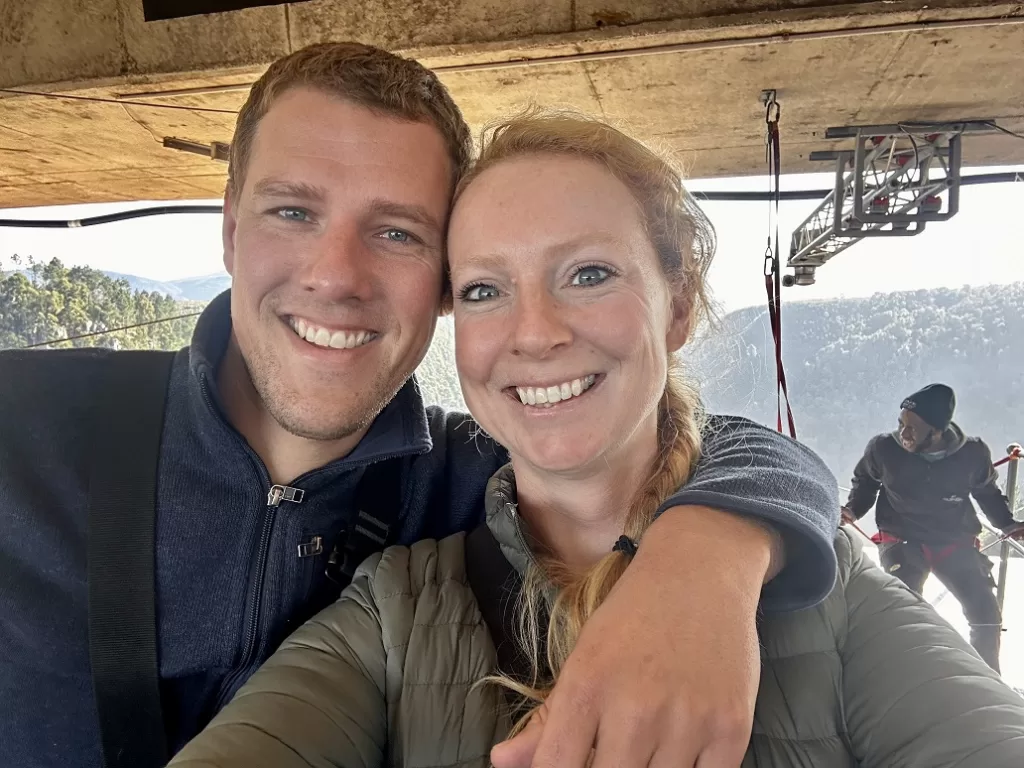
Hailing from the Netherlands, their journey is not just a road trip—it’s a groundbreaking expedition that showcases the power of renewable energy, the boundless spirit of exploration, and the remarkable possibilities of sustainable adventure.
As they navigate the diverse landscapes of Africa and parts of Europe and challenge the very notion of what’s possible, we delve into their story to uncover the awe-inspiring fusion of technology, environmental consciousness, and wanderlust that has fueled their awe-inspiring mission.
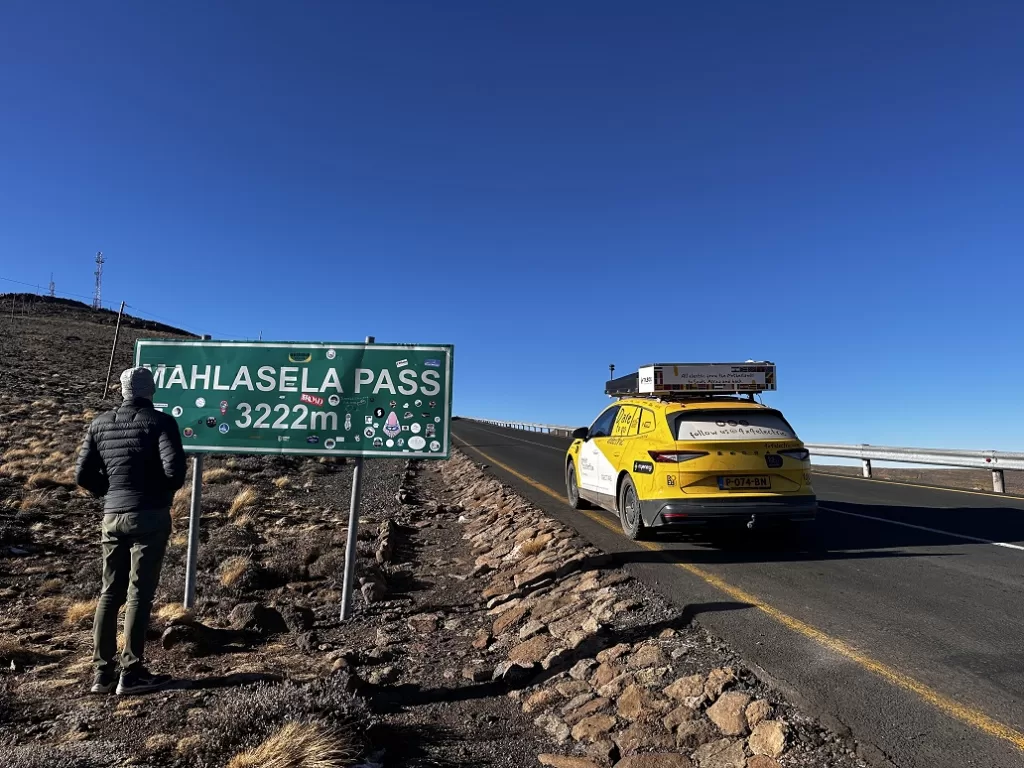
Join us as we embark on a virtual journey alongside these modern-day explorers and dive into the heart of their electrifying tale. Here are some of the questions we asked them in an effort to find out more about this incredible journey. Enjoy!
What element of the preparations for your trip would you say you have overlooked so far/ maybe did not realize would be a big deal until you were actually on the journey?
Looking back at the preparations and the time we had to organize it all (14 months) we don’t have any regrets of things, we have not done or should have done earlier. The only big thing we changed along the route is the quality of our mattress in the rooftop tent. Something we did not expect before we left is the complexity of organizing all visa along the route. It took quite some time to understand each process as this is different for every country.
Would you say you are on track to completing your trip within the year that you planned for?
Before we left, we thought it would take 12 months indeed. As we are now 9 months on the road, we think we might need just a little more time – about 14 months should be the time we need in total.
Which vehicles would you say you were deciding on before finally settling on the SKODA Enyaq iV80? Additionally, what are some of the reasons you decided against them?
We have evaluated many different EV’s before deciding that the Skoda Enyaq iv80 was the right choice for us. Rivian was the first brand we looked at as this is the perfect 4×4 EV. However, it is very expensive and not very efficient in energy use, we would have needed many more solar panels to charge it. After we looked at many different regular car brands and searched for a brand nobody has a very strong meaning about. We did this as we want to inspire as many people as possible and a brand should not be in the way for people to connect with us. Volkswagen and Skoda were the brands that stood out after this. As the Skoda has a bit more of a tough look, we decided to go for this choice.
How much of a load did you carry altogether on your vehicle and how best did you try and optimize the efficiency of the vehicle to suit your travels?
The Skoda Enyaq iv80 by in selves weighs 2600kg. First, we deleted all we could miss out of the car such as rear seating and more. The total weight of our carry we don’t know exactly, but wherever we could we minimalized. In addition, we choose not to go for a trailer behind the car with more luggage or the solar panels, as this would have decreased our range a lot more.
What tests did you perform on the vehicle prior to undertaking the journey with your vehicle and would you say it was helpful in preparing you for the road ahead?
We did not really test the car itself, only the impact adjustments like the rooftop tent and tires had on the range. The car as standard production car is already tested quite a lot so we trusted the quality.
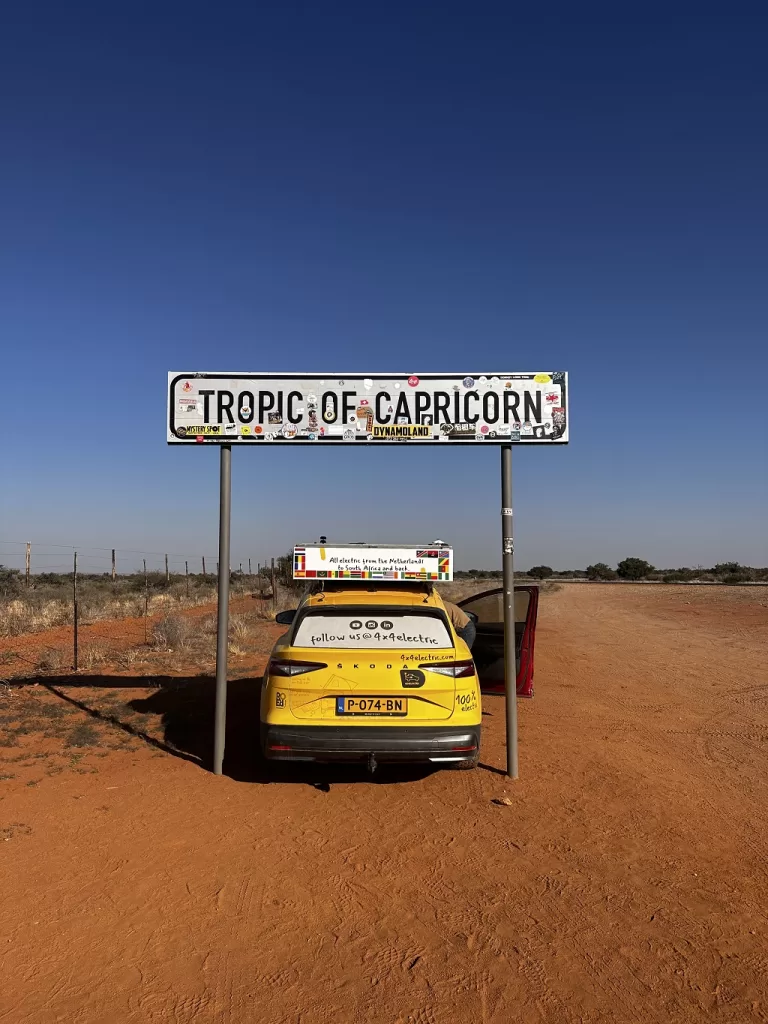
Did you experience and major car breakdowns along the way so far? If so, what was the issue and how did you manage to resolve it? (Buying parts, accessibility, costs and/or delays)
We did not have any serious car breakdowns up until now. All is performing perfectly! All we had to do was add new window cleaning soap, and in Johannesburg we will exchange our 12volt battery just to be sure.
With 60 solar panels at your disposal, how many hours of sunlight do you need to fully charge your EV?
When we charge with our solar panels, we always charge a whole day. So, from 8 until 4 for example. In the beginning and end of the day the sun is less strong, but on average we charge 40 to 50% of the battery in one day. As we never drive the car completely empty or charge it completely full, two days was more than enough.
How have you managed power consumption and conservation of energy during low sunlight/ limited charging opportunities?
When there were many clouds, we either accepted a lower yield of the day, or we kept driving or had a rest day to wait for better weather the day after. If this was no solution either, we also charged via the grid sometimes. Especially when we crossed rainy season, as otherwise the expedition would have taken us twice the mount of days.
Are there points at which you took alternative routes to the ones you had preplanned and why?
We changed route quite often. A change like that could be caused by tips of scenic roads given by other overlanders, borders that were closed, people that invited us to come over and meet them, sustainable initiatives that invited us to see what they are doing and more.
Who has been doing most of the driving so far?
We drive each half of the expedition, as we both like it a lot.
What challenges in particular have you had with driving in the different regions of Africa?
The biggest challenge we faced was the bad road we crossed from Nigeria to Cameroon. As all other borders were closed this was the only option but it was a off-road mountain road with a lot of rocks of more than 150km in high altitude. We almost gave up here, but luckily we did not.
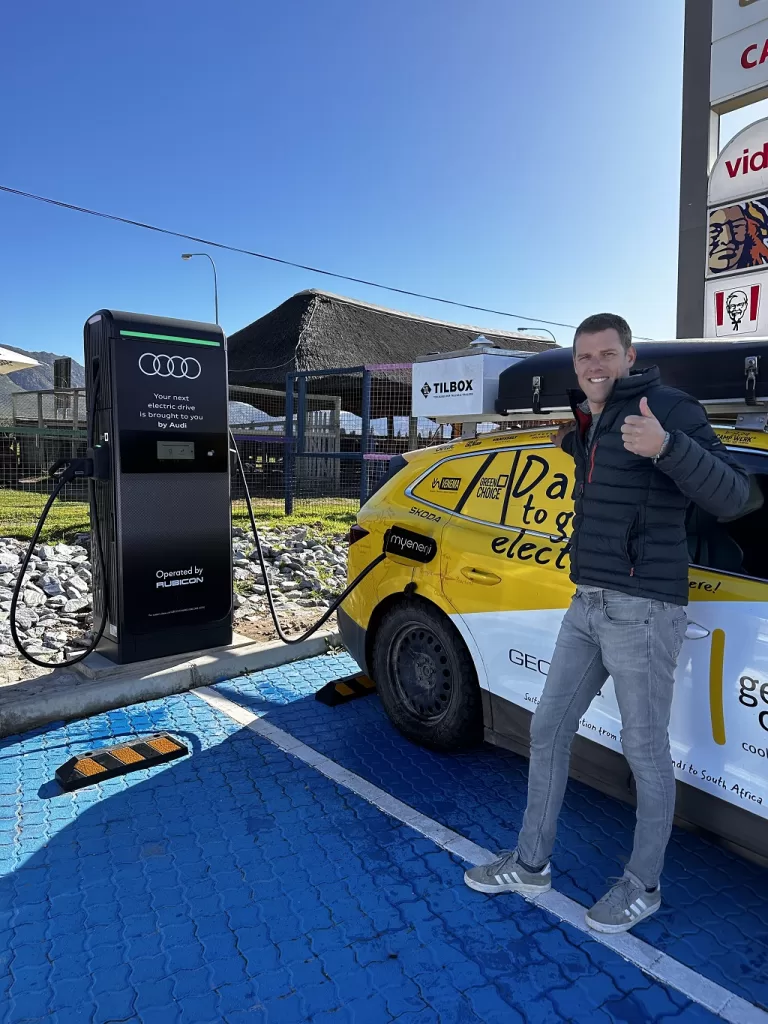
At many countries we were asked for bribes or given unfair fines. We never paid, as if we would all other travelers would have even more an issue here. To do this we had to discuss for quite some time sometimes. In the end it is a game you play with them. We treat them always with respect, but we are clear if we feel it is not correct what they do. Also, we are never in a hurry, that helps a lot!
Other challenges we had;
The corrugated roads in Namibia are very bad for our car. The rear brakes overheat as they think they have to be on every time the car bumps. So we were forced to drive slow here.
In which African countries so far have you found EV charging sockets and have you used them having reached your 51% solar charging goal?
We found charging stations in Morocco, Namibia, South Africa and Lesotho. We know there was one in Nigeria as well but we did not use them. In the other countries we did, as it is of course also quite interesting to compare the differences of charging stations in countries.
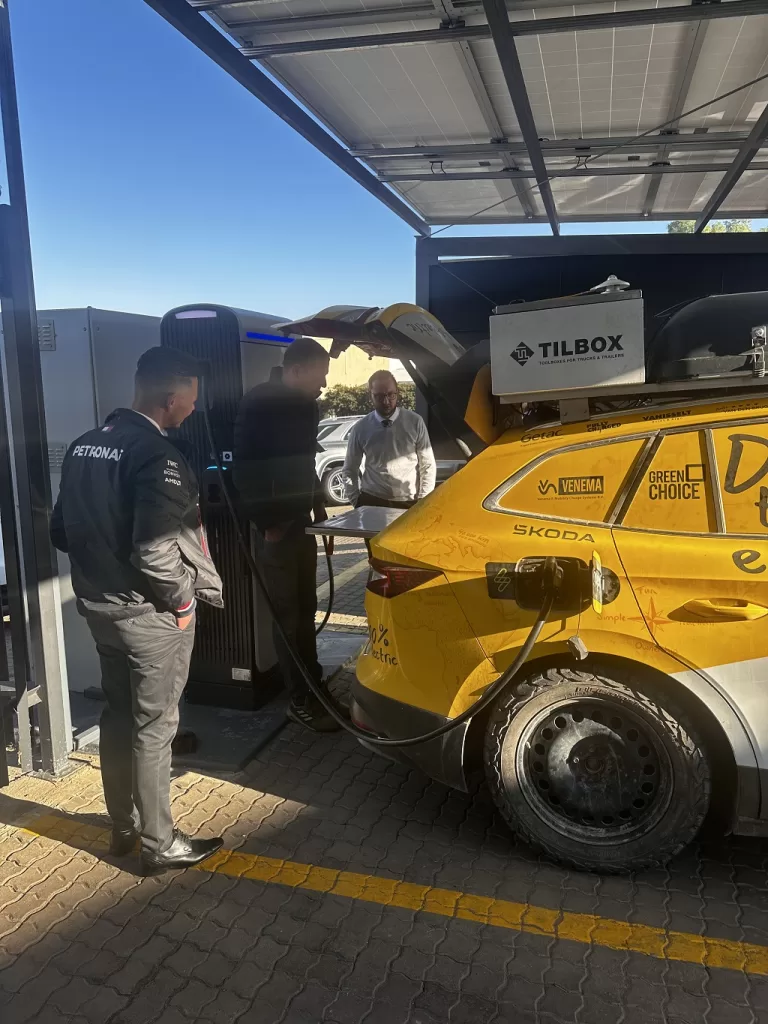
By how much did the additions to the car (ie. Tent) reduce the range of the vehicle? And with that in mind, is there a vehicle you believe now at this point would have been better to use?
The rooftop tent and box descended the range +/- 10%, the all-terrain tires had an impact of +/-15%. We don’t think there was a better vehicle to make this trip, as ours is not too big and efficient in energy use. The only downside for us was the ground clearance so far. If this would have been higher, we could have taken more challenging roads.
What tips would you give to others that might be considering a similar long distance EV trip?
Do it! It is way easier than people expect and it is a lot of fun. Doing it with an EV has the advantage that the car is completely quiet, so you hear all your surround sounds.
What’s next for you guys after completing these travels?
Good question! We have many ideas but we don’t know yet what we are going to do. Luckily, we still have a couple of months to go before we are back.
You can follow 4×4 Electric on their expedition by checking out their website https://4x4electric.com/ or follow them on their social handles Instagram – YouTube – LinkedIn – Twitter (X)


